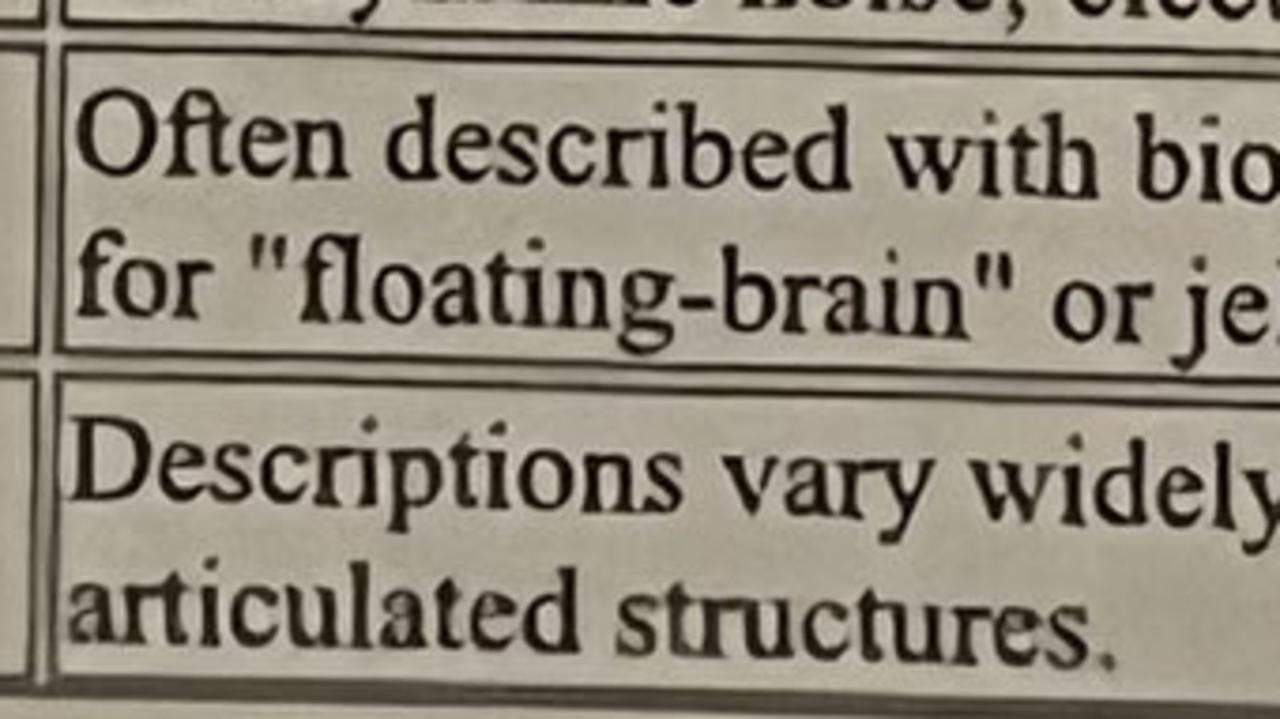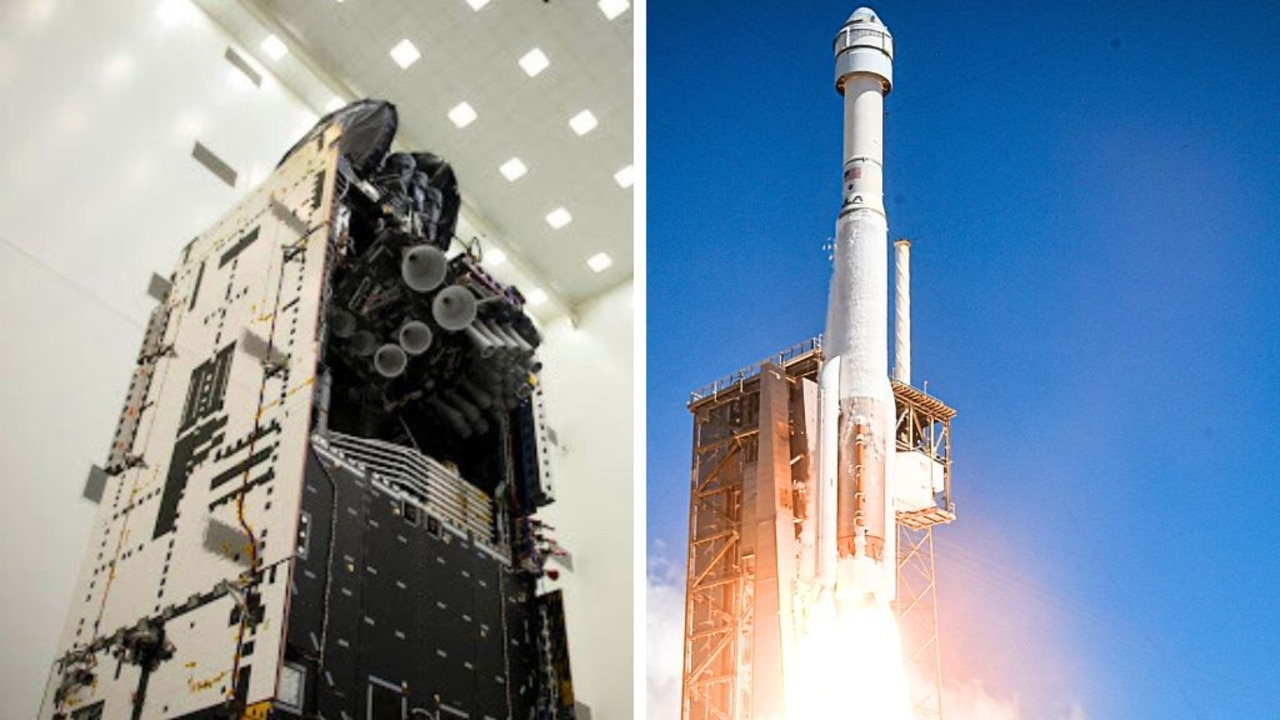How to view extremely rare sight of five planets in proper order
Astronomers want you to look up at the sky this month to catch a rare sight not seen in more than 17 years.

Astronomy fans are encouraged to wake up early this weekend as five planets visible to the naked-eye are lined up across the sky in a rare event.
Mercury, Venus, Mars, Jupiter, Saturn – remarkably arranged in their natural order from the Sun – will be able to be seen for most of the month of June.
The five naked-eye planets have not been seen across the horizon in that order since December 2004.
The best time to see them will be about 6am each morning, according to Australian Geographic.
From June 9 to 27, the Moon will make it easier to see the different planets at different times.
The best view for Saturn is June 9, Jupiter is June 22, Mars is June 23, Venus is June 26 and Mercury is June 27.
But American magazine Sky & Telescope has instructed its readers to pay attention on June 3 and 4.

“On these two mornings, the five planets span 91 degrees when the separation between Mercury and Saturn will be at its smallest,” the magazine said.
“Find a place with a clear view low toward the east to maximise your chances of catching Mercury. Bring binoculars.
“You’ll also need to make sure you’re in position well in time to enjoy the view of all five planets — you’ll have less than half an hour between when Mercury first appears above the horizon and when it essentially gets lost in the glare of the rising Sun.”

The planetary line-up is expected to be even better on June 24, when Mercury is easier to see.
“And you’ll have about an hour to enjoy the sight, from when Mercury pops above the horizon to when the rising Sun washes it out of the sky,” Sky & Telescope explained.
“But the real bonus is the waning crescent Moon positioned between Venus and Mars, serving as a proxy Earth. By this time of month, the planets are spread farther across the sky — the distance between Mercury and Saturn will be 107 degrees.”





